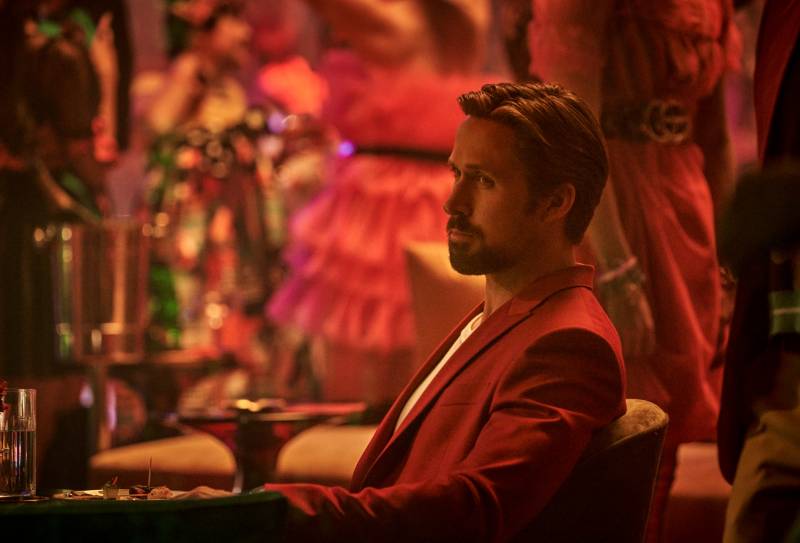In the dynamic between Six and Hansen, the inspiration would seem to be Die Hard—with Hansen as the highly competent bad guy you almost root for—except that John McClane was also trying to save a building full of innocent people. Finding all of this unsatisfying is the kind of complaint that gets one tagged as a person who doesn’t understand mindless action movies, but lots of mindless action movies don’t suffer from this ailment. They find a way to feel built around something solid, whether it’s a team or a mission or a particular purpose. Consider, if you will, the fast. Consider, as we must, the furious.
The Gray Man also can’t quite work as a story of chaos among amoral chaos agents (the way, say, a mafia story can), because Six and Hansen don’t have an existing relationship. In fact, most of these people don’t have much in the way of relationships with each other, other than Six and his other mentor, played by Alfre Woodard. The relationship between the two of them feels instantly genuine and compelling, by far the most believable in the movie—but the time we spend with it is comically brief. If everybody is going to be off-the-books hired killers differentiated only at the margins, the stakes have to come from the individuals. Let’s have some betrayals, some old wounds, some old arguments, some long-growing resentments. We’ve got Ryan Gosling and we’ve got Chris Evans and we’ve got Ana de Armas; we could even have some sex.
There’s something more interesting hovering around the edges of this project, as is often the case with creatively unsatisfying outings from talented people. The Gray Man is both a celebration of a certain kind of intoxicating, overcranked masculinity and, at times, a mockery of it. Lloyd is terrifying and merciless, but he’s also ridiculous. And the basic structure of the film is that Six finds himself in situation after situation in which it appears that he cannot possibly escape (in the manner of James Bond or, if you will, MacGyver), and it repeatedly takes other people—specifically, women—to bail him out. There is a delicate balance in which Six is both a superhuman who survives the obviously unsurvivable, and a fallible guy who keeps getting got. Gosling and Evans both seem to be playing to this potential, to the preposterous manly showdown that neither of them really has the juice to win. But while that idea dances around the margins, the film comes back over and over to a more conventional, more muscular (literally) approach.
What is missing here is a narrative engine. Call it “John Wick’s puppy”: the moment that provides even the thinnest thread of something else to care about besides killer versus killer. Of course, it’s important to acknowledge that, as in John Wick, many fictional women, mostly wives and girlfriends but also the occasional daughter or colleague, have given their lives on- or off-screen so that men with guns can seem more human, which is also not great. Here, along those lines, you eventually get a vulnerable young girl imperiled, but by the time that happens, it seems wildly cynical.
The directors of The Gray Man are Joe and Anthony Russo, whom you might know from making Marvel movies (Captain America: The Winter Soldier, Captain America: Civil War, Avengers: Infinity War and Avengers: Endgame) that grossed something like six billion dollars worldwide. What they have learned about how to stage a big action sequence with the benefit of a huge budget (reportedly $200 million) shows here. While this is far more bloody than an MCU outing, it’s also solidly choreographed, if more than a little silly. It’s the kind of movie where a fight takes place around the tubes that are firing off a fireworks display just because … sure. Why not? Looks cool! It’s the kind of movie where a guy in a fight starts throwing around red smoke bombs because … sure. Looks cool! (I should note: I went to a theatrical screening. Because this is a spectacle, it will be interesting to see how it holds up when seen mostly at home.)

9(MDAxOTAwOTE4MDEyMTkxMDAzNjczZDljZA004))

